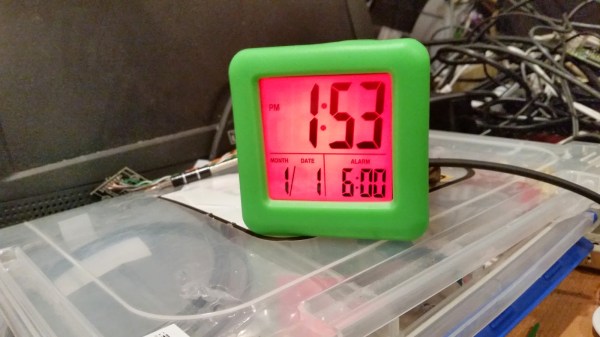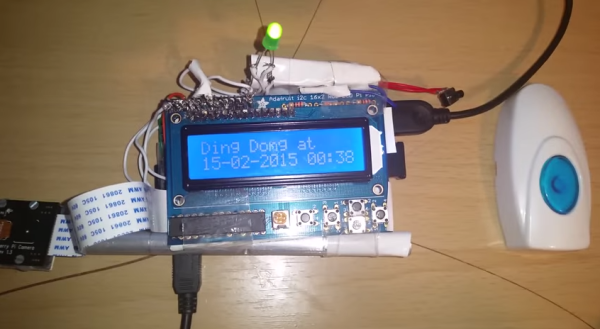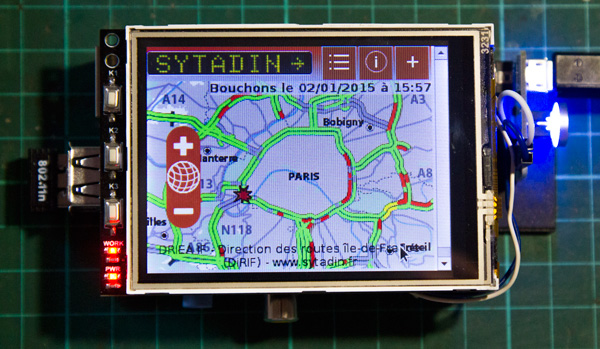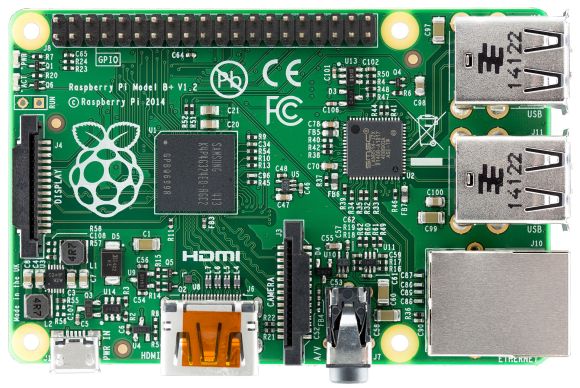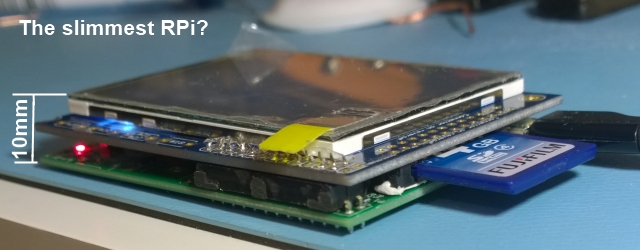Unless you were alive in 1592, this is the closest to the perfect “Pi day” you’ll ever get. 3/14/15. And if you want to take a moment to pause at 9:26:53 (am or pm? Time zone? Country?) we’ll be right there with you. Well, sorta of.
Now, before you laugh, and think Pi is just a number, think again. It’s almost magical in nature. It’s effects on our daily lives is found everywhere. From biology to astrophysics. In the perspective of history, it can be used as a milestone to mark many different culture’s advancement of math and science. In short, Pi is a keystone of the modern world. With out it, we’d never would have gone to the moon. We might sill be on horse back. And forget electronics. That fun stuff never would have happened.
(As a side note, on this day, 3/14, just happens to be Albert Einstein birthday. Happy birthday!)
We hope you have an awesome Pi day. We would love to see you in the comments too. For example, we’d love to hear about and see posts of algorithms that can compute Pi. How far can you compute Pi on a Raspberry Pi? Or even child hood stories of your first encounter with that magical number. Post up, and let us know your thoughts.
We’ll leave you with this cute video after the break, It’s an 8-year-old reciting 200 digits of Pi . But if you need more digits….There is 1 million digits of pi.


